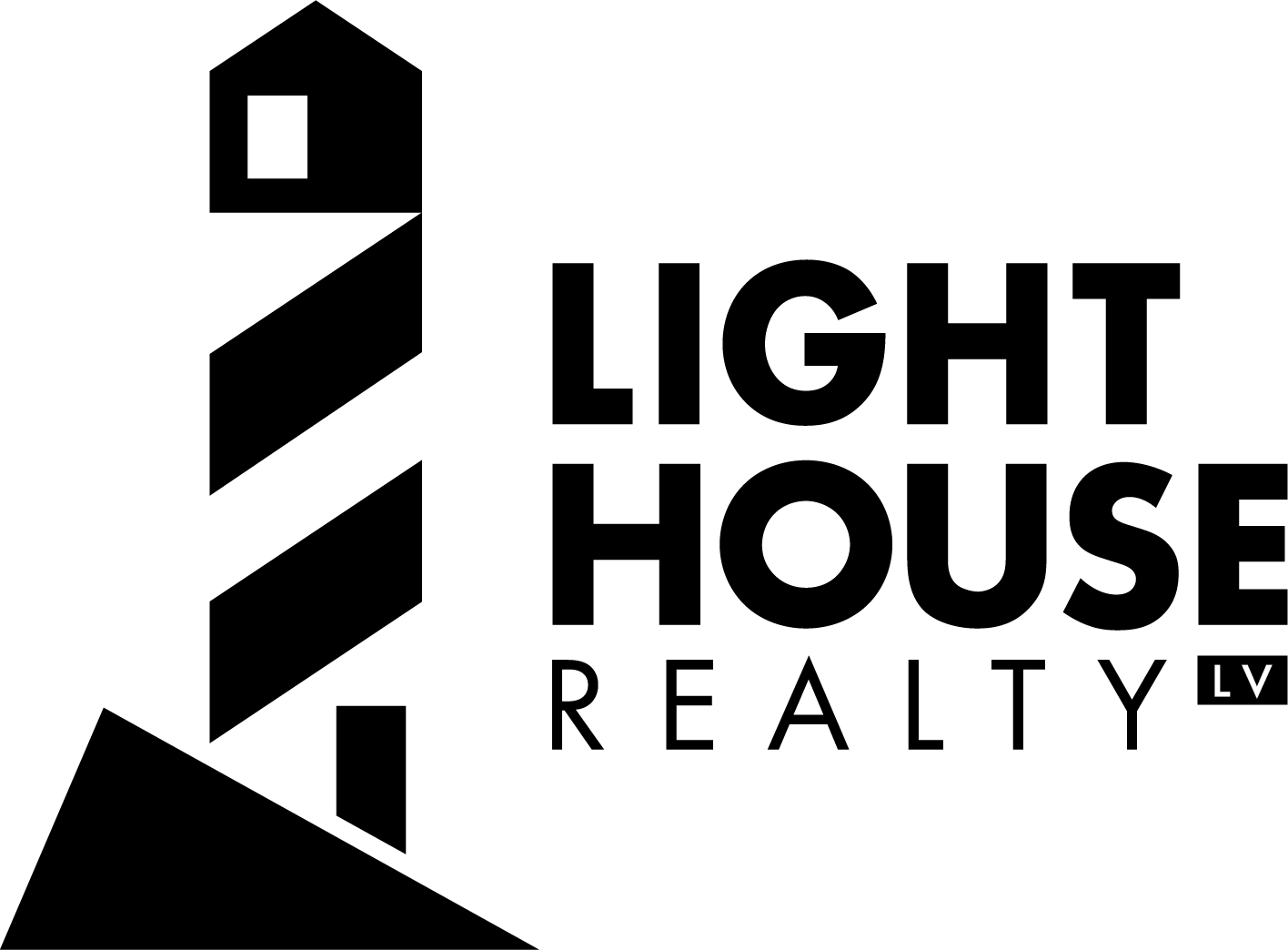Pros & Cons of Short Term Rental Investments
Although short-term rental properties have been around for quite some time, what really put them on the map was the development of the business and online rental platform known as AirBnB in 2007. Since its widespread success, everyone from empty-nesters to experienced investors have begun to dabble in this relatively-new market. Still, many question whether short-term rentals are a wise investment or if they would be better off with the more traditional long-term rentals. Below, we’ve compiled the top three pros and cons of investing in short-term rentals.
PROS
Higher profit margins
Generally, short-term rentals have considerably higher profit margins than long-term rentals. The ROI (return on investment) of long-term rentals averages between 10-15%. The ROI of short-term rentals averages between 25-50%.
Place for you to use
When you’re renting out a property long-term, it’s occupied by tenants for as long as their leases dictate. Conversely, with short-term rentals, there are frequent open nights between guests that allow the property owners to use that property as well. In addition to open nights between guests, owners can block out specific days or weeks from being rented if they wish to use the property themselves during that time.Fun to decorate
While this pro isn’t financially-based, it’s still a strong selling-point for creatives. Long-term rentals must generally kept fairly neutral to remain competitive in the market and attractive to tenants. Short-term rentals, on the other hand, can be decorated in a number of different styles with bold patterns and colors and it only works in favor of occupancy. When done well, guests tend to choose short-term rentals that have much more playful designs and decor than their own homes. If you’re someone who has fun with something like that, decorating and furnishing your own short-term rental can be a great creative outlet.
CONS
More communication
Due to having as many as hundreds of “tenants” in a given year, there is far more owner-tenant communication required with STRs. With tenants who will be living at a property for an entire year, you’ll generally get questions about the unit just one time. When new tenants are there every week, you’ll get the same questions over and over.
Furnishing costs
While decorating and furnishing can be fun, there is also a cost to it. Long-term rentals are usually unfurnished, so there is no extra cost there. Short-term rentals not only have to be furnished, but most also provide monthly items like coffee, toilet paper, soap, and more. Furnishing short-term rentals often range between $10,000-$20,000 per rental.
Off-season for traveling
Lastly, the demand for short-term rentals depends entirely on people traveling away from their homes. The nature of travel, at least in the U.S., is very seasonal. Consequently, low-travel seasons can be more difficult financially for owners of short-term rental units due to low occupancy. In my personal experience, April is the lowest-occupancy month for all of my short-term rentals.
Navigating any type of investments can be scary when you’re doing it alone. For more help with investing in short-term rentals or other types, click the link below.

